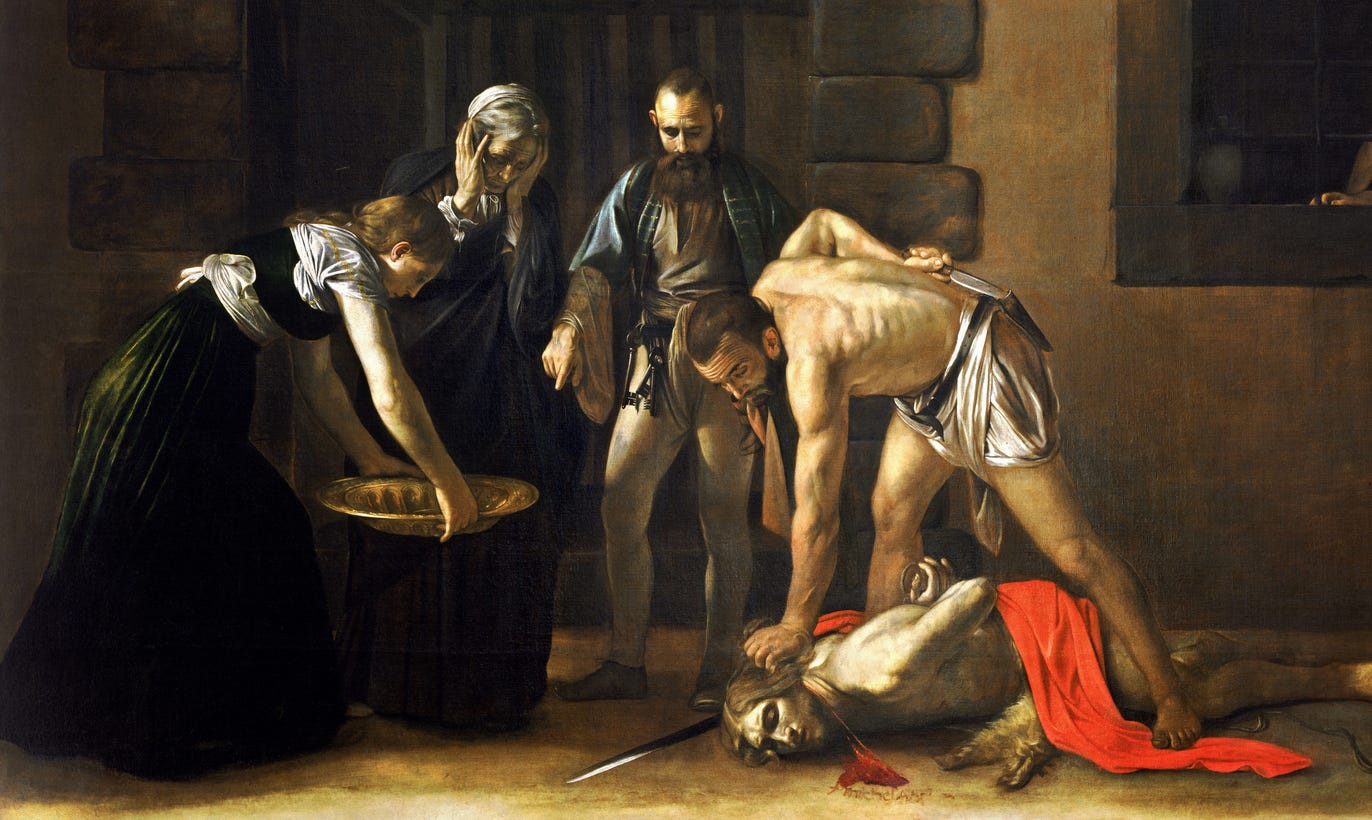- Feb 5, 2002
- 166,635
- 56,268
- Country
- United States
- Faith
- Catholic
- Marital Status
- Married
- Politics
- US-Others
Bad art
It’s become something of a grim game for Catholics online to count the number of days official Vatican media accounts can go without featuring an image of the work of Marko Rupnik, the disgraced religious artist, priest, and former Jesuit.They were at it again this week, tweeting and then deleting a Rupnik image of St. Irenaeus from their French language account.
Despite Rupnik’s public fall from grace and the stomach-churning details of his abuse of religious women, over decades, becoming known, his work is used so frequently by Vatican News that I have to wonder if they actually have images from any other artists in their files to use.
It certainly serves to keep alive the debate about what to do with Rupnik’s work, which does feature prominently in major churches and shrines around the world.
Of course, as many have pointed out, Rupnik is far from the first religious artist to have a dark side to his life. And I have seen and heard many arguments to say, essentially, that you have to be able to separate art from artist, and accept that even bad men can create beautiful things.
To a degree, I agree. Caravaggio’s “The Calling of St. Matthew” and “The Incredulity of St. Thomas” are some of my favorite works, and what I can take from them has nothing to do with the artist being a murderer.
And while Rupnik’s work has always struck me as simultaneously weird and cloying, I fully accept that many people find beauty in it.
But matters of aesthetics and personal preferences aside, Rupnik’s work is a particular case. And I think its defenders, both enthusiastic and reluctant, need to better engage with why Rupnik’s art is especially objectionable to so many.
Continued below.

